500 g
Showing 251–300 of 521 results
-
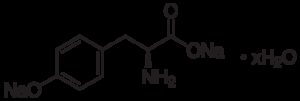
L-Tyrosine, disodium salt, hydrate
$625.82 Add to cart View Product DetailsL-Tyrosine, Disodium Salt Hydrate
-
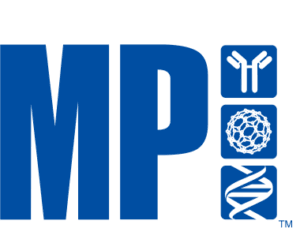
L-Valine
$263.93 Add to cart View Product DetailsL-Valine
-

L-β-3,4-Dihydroxyphenylalanine
$2,189.27 Add to cart View Product DetailsL-β-3,4-Dihydroxyphenylalanine
1,903.71 -

Lanthanum Chloride, Hydrated, ACS
$618.44 Add to cart View Product DetailsLanthanum Chloride , Hydrated
-
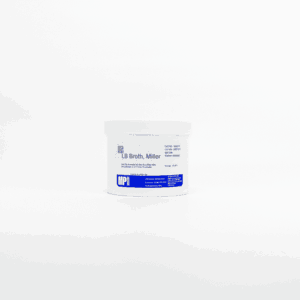
LB Broth, Miller
$67.28 Add to cart View Product DetailsFor the cultivation, propagation and maintenance of E. coli , B. subtilis, S. choleraesuis, C. glutamicum and other bacteria for molecular biology applications. Contains 10 g/liter sodium chloride.
-

Lead tetraacetate
$337.80 Add to cart View Product DetailsLead tetraacetate
-
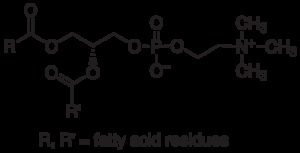
Lecithin from soybean
$129.26 Add to cart View Product DetailsLecithin
-

Lecithin, Soybean
$1,299.96 Add to cart View Product DetailsLecithin
1,130.40 -

Linolenic acid, 45 – 65%
$289.26 Add to cart View Product DetailsLinolenic Acid
-

Lipase
$161.08 Add to cart View Product DetailsLipase
-

Lithium bromide
$285.97 Add to cart View Product DetailsLithium Bromide
-
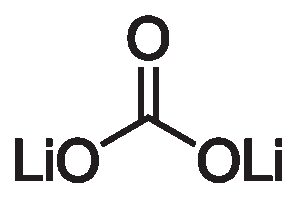
Lithium Carbonate, ACS
$341.42 Add to cart View Product DetailsLithium Carbonate
-
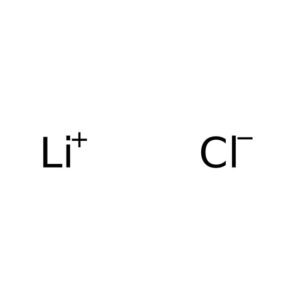
Lithium Chloride, ACS Grade
$304.74 Add to cart View Product DetailsLithium Chloride
-

Lithium chloride, anhydrous
$199.95 Add to cart View Product DetailsLithium Chloride
-
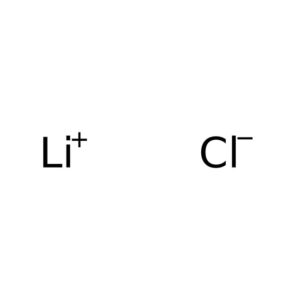
Lithium Chloride, molecular biology reagent
$304.47 Add to cart View Product DetailsLithium Chloride
-

Lithium sulfate, monohydrate, ACS
$346.43 Add to cart View Product DetailsLithium sulfate, monohydrate, ACS
-

Liver concentrate powder
$145.90 Add to cart View Product DetailsLiver Concentrate Powder
-
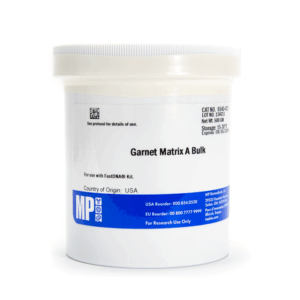
Lysing Matrix A, Bulk (Garnet)
$190.03 Add to cart View Product DetailsMade of sharp, angular flakes that are chemically inert. Will not bind nucleic acids. Used to grind animal and plant tissues, insects, nematodes and lyse bacteria, yeast, fungi, algae. For use on FastPrep® instruments or any bead beater
-
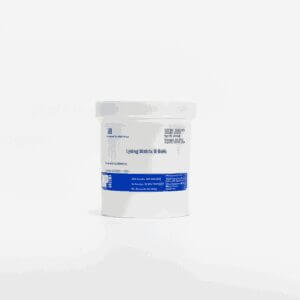
Lysing Matrix B, Bulk
$190.03 Add to cart View Product DetailsComponent of FastPrep® sample preparation system, contains 0.1 mm silica spheres. Lysing Matrix B is found in the FastRNA™ Pro Blue Kit and FastProtein™ Blue Matrix.
-
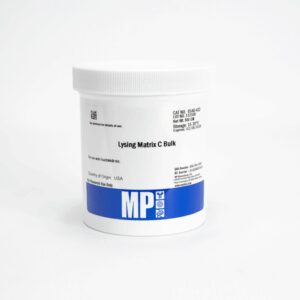
Lysing Matrix C, Bulk
$190.03 Add to cart View Product Details1 mm silica spheres. Found in the FastRNA Pro Red Kit and FastProtein Red Matrix. Lysing Matrix C is used primarily for lysis of yeast and fungi and can also be used for molds, spores, filamentous algae and nematodes.
-
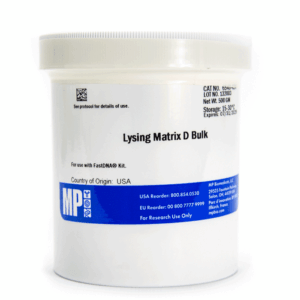
Lysing Matrix D, Bulk
$190.03 Add to cart View Product DetailsLysing Matrix D is made of 1.4 mm Zirconium- Silicate spheres and are used in the FastDNA Green SPIN Kit for isolation of genomic DNA from plant and animal tissue, and in the FastRNA Pro Green Kit for isolation of total RNA from plant and animal tissues.
-
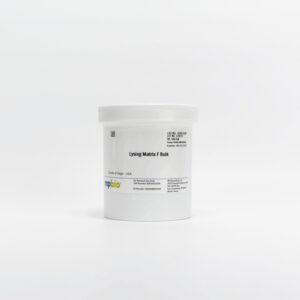
Lysing Matrix F, Bulk
$190.03 Add to cart View Product Details1.6 mm aluminum oxide and silicon carbide particles. Matrix F is effective at breaking tough, hard, or brittle cell membranes. Useful in applicationt that necessitate high impaction but low shearing.
-
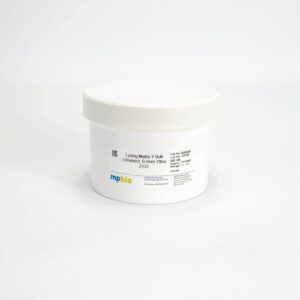
Lysing Matrix Y, Bulk
$190.03 Add to cart View Product Details0.5 mm yttria-stabilized zirconium oxide beads. Ideal for cracking of very tough cell walls, while minimizing shearing. Used primarily for bacteria, fungal tissue and spores, yeasts, molds, filamentous algaes and biofilms.
-
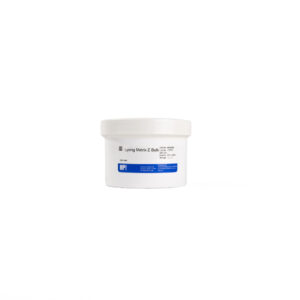
Lysing Matrix Z, Bulk
$203.35 Add to cart View Product Details2.0 mm spherical, yttria-stabilized zirconium oxide. Matrix Z grinding beads are chemically inert and will not bind nucleic acids.
-
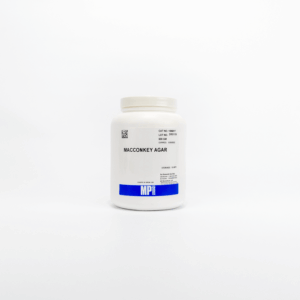
MacConkey agar
$111.17 Add to cart View Product DetailsMedium used for the isolation of enteric bacilli based on the fermentation of lactose.
-

Magnesium Chloride Hexahydrate, cell culture reagent
$71.05 Add to cart View Product DetailsMagnesium Chloride Hexahydrate
-

Magnesium chloride, hexahydrate, ACS reagent grade, 99-102%
$76.94 Add to cart View Product DetailsMagnesium Chloride Hexahydrate
-

Magnesium sulfate
$68.14 Add to cart View Product DetailsMagnesium Sulfate
-

Magnesium sulfate heptahydrate, ACS grade
$90.48 Add to cart View Product DetailsMagnesium Sulfate Heptahydrate
-

Magnesium sulfate heptahydrate, molecular biology reagent
$46.12 Add to cart View Product DetailsMagnesium Sulfate, Heptahydrate
-

Malachite green oxalate
$222.23 Add to cart View Product DetailsMalachite Green Oxalate
-

Maleic Acid, Technical Grade
$67.75 Add to cart View Product DetailsMaleic Acid
-

Malonic acid
$188.29 Add to cart View Product DetailsMalonic Acid
-

Malt extract
$240.02 Add to cart View Product DetailsMalt extract is a source of carbohydrates used for the preparation of media for growth of yeast and molds.
-
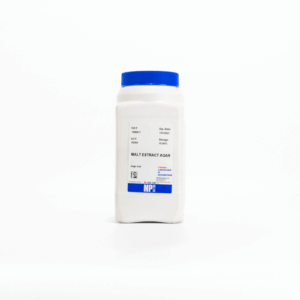
Malt Extract Agar (MEA)
$115.58 Add to cart View Product DetailsGeneral purpose growth media to isolate and cultivate yeasts and molds from a wide range of sample sources.
-

Manganese chloride, tetrahydrate
$94.83 Add to cart View Product DetailsManganese Chloride Tetrahydrate
-

Manganese sulfate, monohydrate
$58.85 Add to cart View Product DetailsManganese Sulfate Monohydrate
-

Manganese sulfate, monohydrate, cell culture reagent
$67.68 Add to cart View Product DetailsManganese Sulfate Monohydrate
-

Menadione sodium bisulfite, trihydrate
$848.90 Add to cart View Product DetailsMenadione Sodium Bisulfite Trihydrate
-

Methyl cellulose
$242.66 Add to cart View Product DetailsMethyl cellulose
-

Methyl Cellulose, 1500 cps
$238.04 Add to cart View Product DetailsMethyl Cellulose ~1500 Cps
-

Methyl cellulose, 2700 – 5040 cPs
$110.37 Add to cart View Product DetailsMethyl Cellulose
-

Methyl α-D-mannopyranoside
$629.48 Add to cart View Product DetailsMethyl Α-D-Mannopyranoside
-

Methyl-p-Hydroxybenzoate
$73.78 Add to cart View Product DetailsMethyl P-Hydroxybenzoate
-

Molybdenum trioxide
$365.75 Add to cart View Product DetailsMolybdenum Trioxide
-

MOPS, molecular biology reagent
$350.20 Add to cart View Product DetailsZwitterionic amino acid which acts as one of the “Good” biological buffers. More suitable as a biological buffer than MES because its pH range is closer to pH 7.4
-

MP Alumina A, Act. I acid pH
$120.43 Add to cart View Product DetailsMP EcoChrom™ Alumina B, Activity I are a good “all-round” adsorbents for laboratory use as well as for industrial use. They can be adjusted to lower activity by the addition of polar media, preferably water, but also higher alcohols, e.g. glycol or glycerol can be used. An oxide of aluminum, occurring in nature as various minerals such as bauxite, corundum, etc. It is used as an adsorbent, desiccating agent, and catalyst, and in the manufacture of dental cements and refractories.
-

MP Alumina A, Super I
$126.14 Add to cart View Product DetailsCAS Number 1344-28-1
-

MP Alumina Activity II-III acc. to Brockman
$97.01 Add to cart View Product DetailsMP EcoChrom™ Alumina, Activity II-III is an economical adsorbents of medium activity. Is often used where activated charcol can not be used due to its organic nature, or, where the cation exchange properties of basic alumina are desired. Is suitable for the development of separation methods and for technical separations where a custom-made adsorbents for special separation is not available. An oxide of aluminum, occurring in nature as various minerals such as bauxite, corundum, etc. It is used as an adsorbent, desiccating agent, and catalyst, and in the manufacture of dental cements and refractories.
-

MP Alumina B Super I
$115.64 Add to cart View Product DetailsCAS Number 1344-28-1






